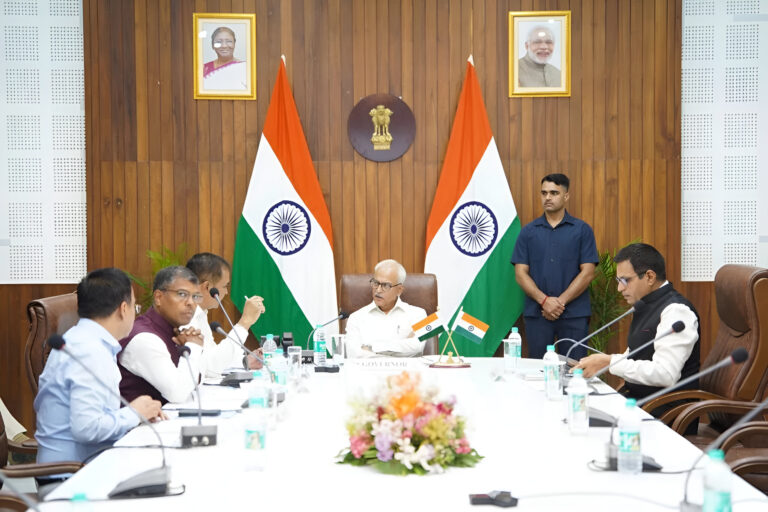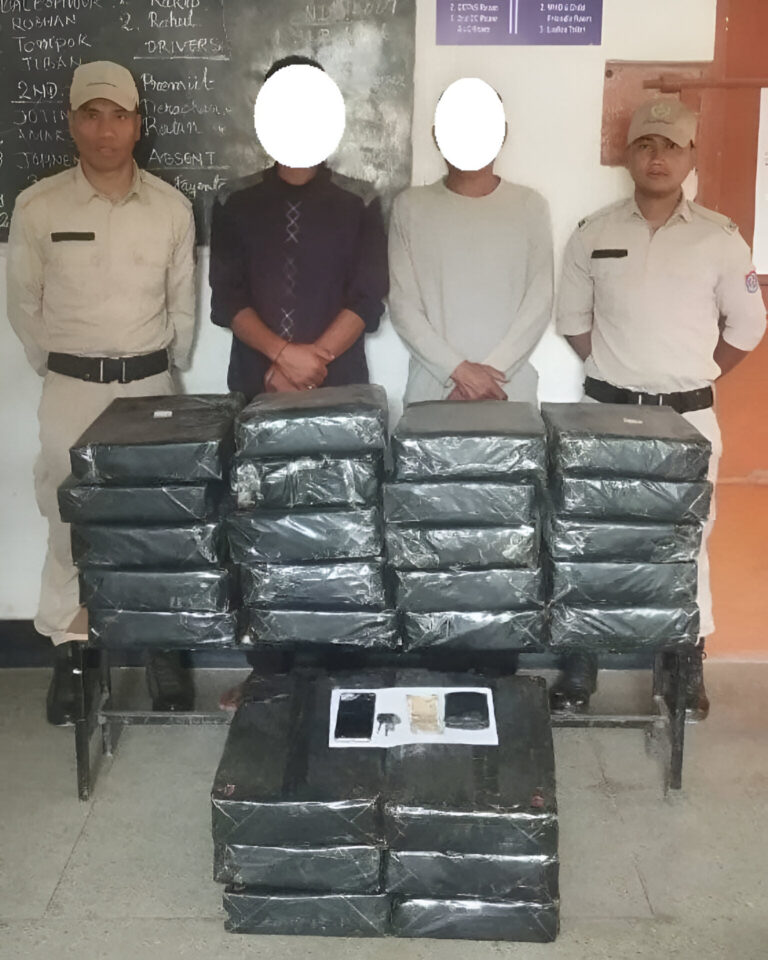Delhi Sit-In by Kuki-Zomi Groups: Questioning Government Silence on Manipur Violence
Summary
Kuki-Zomi groups organized a sit-in protest in Delhi, raising concerns over the Indian government’s perceived silence regarding the ongoing violence in Manipur. Highlighting the devastating impacts of ethnic clashes, they called for immediate intervention to restore peace and protect human rights. The protesters emphasized the need for dialogue and justice, urging the government to break its silence and take decisive action to address the crisis.
Long-Form Article
Manipur’s Cry for Justice: Why Kuki-Zomi Groups Are Protesting in Delhi
Protests often become the voice of the unheard, and the recent sit-in by Kuki-Zomi groups in Delhi is a prime example. Picture this: a group of people far from home, sitting in the bustling streets of Delhi, braving the winter chill, all to demand what should already be a given—peace, justice, and attention to their plight. The Kuki-Zomi protest has struck a chord with many, shedding light on the worsening ethnic violence in Manipur and the perceived indifference of the central government.
But what’s really driving this movement? Why has it come to this, and what are the implications for Manipur and the broader Indian community? Let’s delve deeper into the story behind the headlines.
The Roots of the Crisis: A Quick Recap
Manipur, a state known for its lush landscapes and cultural richness, has unfortunately been grappling with a deeply rooted ethnic conflict. The tensions primarily involve the Kuki-Zomi and Meitei communities, with clashes escalating over issues of land rights, identity, and political representation.
The situation has spiraled into violence, leading to loss of lives, displacement of communities, and a fractured social fabric. For many in Manipur, it’s not just about survival—it’s about reclaiming their dignity and fighting for justice. The sit-in in Delhi is a stark reminder of how far-reaching the impact of this crisis has become.
Why Protest in Delhi?
You might wonder: Why travel all the way to Delhi to stage a protest? The answer lies in visibility and urgency. Delhi, as the nation’s capital, is the epicenter of political decision-making. Protesting here ensures that their voices reach those in power.
For the Kuki-Zomi protesters, this sit-in is not just about highlighting their grievances but about holding the government accountable. They’re asking tough questions: Why has there been no decisive action? Why the silence when human rights violations are happening in plain sight? Their demand is clear—an immediate intervention to end the violence and ensure justice.
The Protesters’ Perspective: Voices from the Ground
At the heart of the protest are ordinary people with extraordinary resilience. Mothers, fathers, students, and elders—each of them has a story to tell. They’re not just protesting for themselves but for an entire community that feels abandoned.
One protester shared, “We’ve lost our homes, our loved ones. The government’s silence is deafening. How long can we endure this?” These are not just words; they’re a plea for acknowledgment, for the world to see the pain that’s been ignored for too long.
What the Protest Means for Manipur
The sit-in in Delhi is more than a protest; it’s a symbol of the deep frustration brewing in Manipur. Ethnic violence doesn’t just harm individuals—it tears apart communities, disrupts economies, and leaves scars that take generations to heal.
By bringing their fight to Delhi, the Kuki-Zomi groups are sending a strong message: The situation in Manipur is not a regional issue; it’s a national crisis. And the government cannot afford to look away any longer.
Breaking Down the Silence: The Government’s Role
So, why has the government been so silent? Is it apathy, bureaucracy, or simply the complexity of the conflict? While the reasons may be multifaceted, one thing is clear: Silence is not an option.
The protesters are urging the government to take specific actions:
- Immediate Ceasefire: Bring all parties to the table to negotiate peace.
- Accountability for Violence: Identify and punish those responsible for the clashes.
- Rehabilitation Efforts: Ensure displaced communities can return home safely.
- Long-Term Solutions: Address the root causes of the conflict, including land disputes and representation.
By addressing these issues, the government can pave the way for lasting peace.
Why Should the Rest of India Care?
Here’s a question for you: Why should someone in Mumbai or Bangalore care about what’s happening in Manipur? The answer is simple—because this isn’t just Manipur’s fight; it’s India’s fight.
Ethnic violence threatens the very fabric of a diverse nation like ours. Ignoring it sets a dangerous precedent, one that could embolden similar conflicts elsewhere. Plus, as citizens of a democracy, isn’t it our collective responsibility to ensure that every voice is heard, every community protected?
The Role of Civil Society and Media
While the government’s response has been lackluster, civil society and the media play a critical role in amplifying the Kuki-Zomi community’s concerns. NGOs, activists, and journalists have been working tirelessly to document the violence, provide aid, and keep the conversation alive.
However, more needs to be done. Greater media coverage, especially in mainstream outlets, can pressure the government into action. Public awareness campaigns can also help dispel myths and promote understanding between warring communities.
The Road Ahead: What Needs to Change
Change doesn’t happen overnight, but every protest, every voice, brings us one step closer. For Manipur, and indeed for India as a whole, the path to peace involves:
- Dialogue and Mediation: Bring community leaders together to find common ground.
- Economic Upliftment: Create opportunities that reduce dependency on conflict-prone resources.
- Cultural Exchange Programs: Foster understanding and camaraderie between different communities.
- Policy Reforms: Implement laws that ensure fair representation and protect minority rights.
It’s a tall order, but one that’s absolutely necessary if we want to prevent future conflicts.
A Glimmer of Hope
Amidst the protests, the pain, and the questions, there’s also hope. Hope that the government will finally act. Hope that communities will come together to heal. Hope that this sit-in in Delhi will be the catalyst for real, meaningful change.
The Kuki-Zomi groups are not just fighting for themselves; they’re fighting for an India where every community feels seen, heard, and valued. And that’s a fight worth supporting.
FAQs
- Why are Kuki-Zomi groups protesting in Delhi?
They are demanding government action to address the ongoing ethnic violence in Manipur and ensure justice for affected communities. - What has caused the conflict in Manipur?
The tensions stem from ethnic differences, land disputes, and political representation issues between communities like the Kuki-Zomi and Meitei. - What actions are the protesters demanding from the government?
Immediate intervention to stop violence, accountability for perpetrators, rehabilitation for displaced people, and long-term conflict resolution. - How does the violence in Manipur impact the rest of India?
It threatens national unity, sets a precedent for ignoring minority rights, and destabilizes the socio-political fabric of the country. - What can individuals do to support Manipur’s cause?
Spread awareness, support NGOs working in the region, and urge the government to take decisive action.



